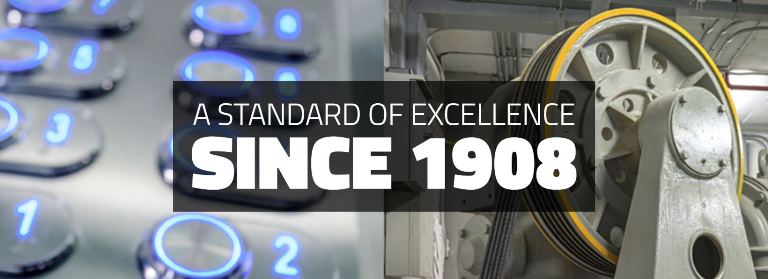Safe Steps: A Guide To Building Transportation Safety
Every year, elevators, escalators and moving walks safely transport over 100 billion passengers in North America. Excluding automobiles, that is more than the total of riders of all other forms of transportation combined.
Compared to the number of daily passenger rides, elevator and escalator injuries are so rare that safety is often taken for granted, but elevators, escalators and moving walks are complex machines and occasionally injuries do occur, usually as a result of unsafe riding practices.
According to industry experts, elevators and escalators are the safest form of transportation in the world. Many accidents can be prevented simply by being aware of your surroundings and by following simple safety rules.
Elevator Safety
When waiting for elevators:
- Know your destination.
- Push the elevator call button once for the direction you want to go in.
- Look and listen for the signal announcing the car's arrival.
- Be aware of health conditions that could contribute to falls or accidents.
- Stand clear of the elevator doors and stand aside for exiting passengers.
- If the arriving car is full, wait for the next car.
- Don't attempt to maneuver in or stop closing doors, wait for the next car.
- In the event of a fire or other situations that could lead to a disruption in electrical services, do not take the elevator.
When boarding and riding elevators:
- Watch your step - the elevator car may not be perfectly level with the landing.
- Stand clear of the doors - keep clothes and carry-ons away from the opening.
- Hold children and pets firmly.
- Leashed pets should be on same side of door as the passenger so door does not close on extended leash.
- Passengers nearest to the doors should move first when the car arrives.
- Push and hold the DOOR OPEN button if doors need to be held open, or ask someone to push the button for you.
- Never try to stop a closing door, wait for the next car.
- Once on board, quickly press the button for your floor and move to the back of the car to make room for other passengers.
- If unsteady on your feet, hold the handrail, if available, and stand near the elevator wall.
- Pay attention to the floor indicators.
- If the doors do not open when the elevator stops, push the DOOR OPEN button.
When exiting elevators:
- Exit immediately at your floor. Do not wait for others behind you.
- Do not push the people in front of you when exiting.
- Watch your step - the elevator car may not be perfectly level with the floor.
In the event of an elevator emergency:
- If the elevator should ever stop between floors, do not panic. There is plenty of air in the elevator.
- Never climb out of a stalled elevator.
- Use the ALARM button, the telephone or the intercom to call for assistance.
- Above all, wait for qualified help to arrive and never try to leave an elevator that has not made a normal stop.
- Emergency lighting will come on in the event of a power failure.
If
you have any questions or would like information from Colley Elevator you can
go to www.colleyelevator.com, email Craigz@colleyelevator.com or call
630-766-7230.














